Despite the many years I’ve spent running the roads of Beaumont, I never realized that Hillebrandt Bayou ran through the city. I always thought it was a ditch. And before some of you get all huffy about me calling Hillebrandt Bayou a ditch, parts of it are paved. Paved = ditch. I guess you wouldn’t be the first to be irritated by my choice of words this week. Earlier, a docent became pretty arrogant when I called the City National Bank Building in Galveston a house after I found out they were going to make it a rental.
Docent: “Oh no, this will be a residence.”
Me: “No, it’s a bank! Maybe event rental?”
Someone else on the tour: “When was it built?”
Docent: “I’m not sure.”
Me: “In 1920. Our book and your script say 1920.”
Docent: “Probably 1921.”
I’m not blaming the Galveston Historical Foundation for this melee with the suspected realtor with the clipboard. Still, unfortunately, you get Wanda’s family when the pickings are slim for volunteers, but I digress.
I’ve meant to do this for a while, and this week I managed to try out ChatGPT. For those who don’t know, ChatGPT is an artificial intelligence (AI) engine used to create content. You type in what person or subject you want to write about, and the bot does the rest. Yes, I’m playing with Terminator-type stuff, but it’s not the liquid metal one at this point. The Florence Stratton essay was interesting but very vague, almost like a political speechwriter wrote it. A friend noted that ChatGPT made Florence sound like a combination of Ida Tarbell and Erin Brockovich. I’ll post the essay unedited, but THIS IS NOT A SOURCE OF ACCURATE INFORMATION, so don’t use it as such.
The 500-word essay describing Rediscoveringsetx.com was better but still a bit off. Finally, I typed my name and asked it to do a bio. Boy, this was interesting. I think it just wrote my obituary! I’ll have to tweak it a bit because I don’t have a degree in AI, but I could replace that with my elf spotting certificate. Yes, I have one, and I didn’t have to pay $4K for it. I’ll leave a link at the bottom of the blog so you can see how I got it.
Today is the last day of the Galveston Historic Homes Tour, and I couldn’t leave them hanging. They need volunteers, and I’m still fed up with work, so it’s a win-win situation. I’ll be at the 1905 Edmund and Lorena Toebelman House at 1113 Church Street. With air conditioning, I might add. I have my script, in case someone from Wanda’s family is around. However, in some weird way, I can coexist with people from her family because they are just there for the shiplap, the plaster, and the pretty flowers at Old City Cemetery.
I look forward to my Mama Teresa’s pizza while parked in the parking lot known as Ferry Road. For all you newbies, don’t cut in line or Maria Maria la Policia WILL get you. She has no patience for idiots, and that’s a good thing.
I heard that they are building multitudes of rentals and possibly also an airport on the peninsula. I guess this is a good thing because an airport would be another way to get off the peninsula during the next hurricane. Hurricane Ike really sucked. At that time, everyone thought that all their properties would be lost and there would be no beach for them. Well, the powers that be have rebuilt, and kudos to all of you Parrot Heads for making my drive to Galveston always interesting. Y’all will never let this line in the sand fail, and I’m happy about that. I guess we need to get our beach-road lobbyist going because we need this back. We just need to put it more inland because I don’t want to pass the nudist beach. Sorry, I am not a fan and don’t care for your struggle. Google Maps won’t even go down that road.
I would really love the beach road back for one reason—it would be twenty minutes to High Island! Not an hour of driving on Highway 73, Highway 124, and Highway 87. I’m not reminiscing about sandy hotdogs on McFaddin Beach; I want less driving time! I’m getting old and can’t afford to live with you Parrot Heads. I doubt this will get fixed soon, but at least the Whataburger in Winnie is my one great breakfast stop.
What is the equivalent of Aloha in Karankawa? Lunch? Until next time and hope to see you on the tour.

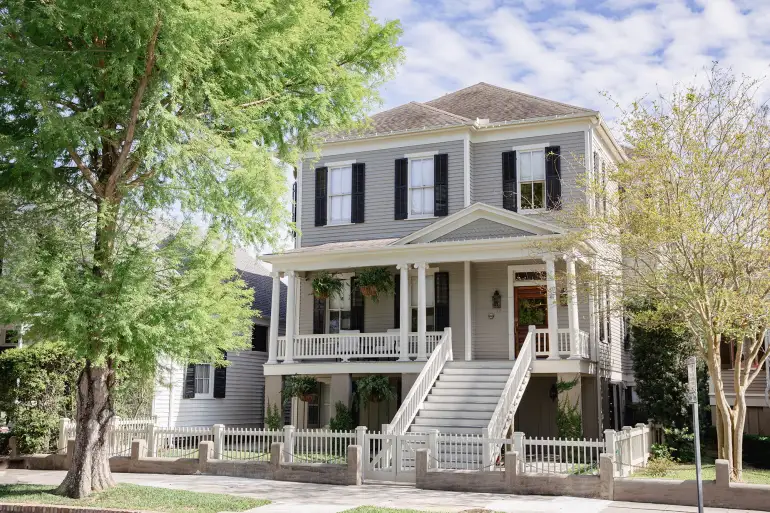
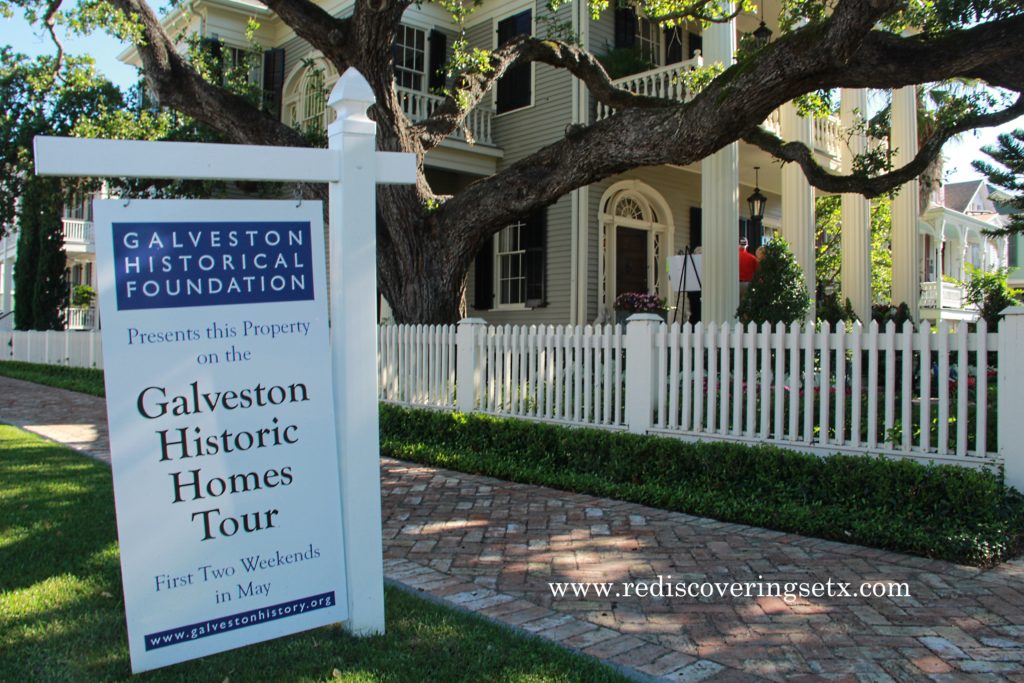
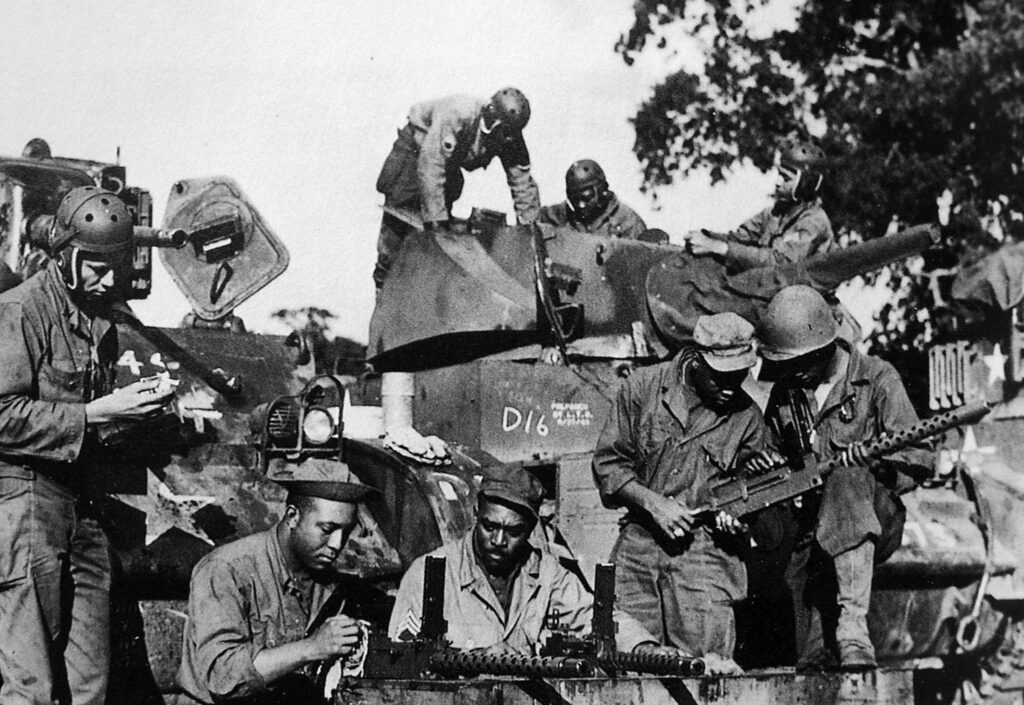

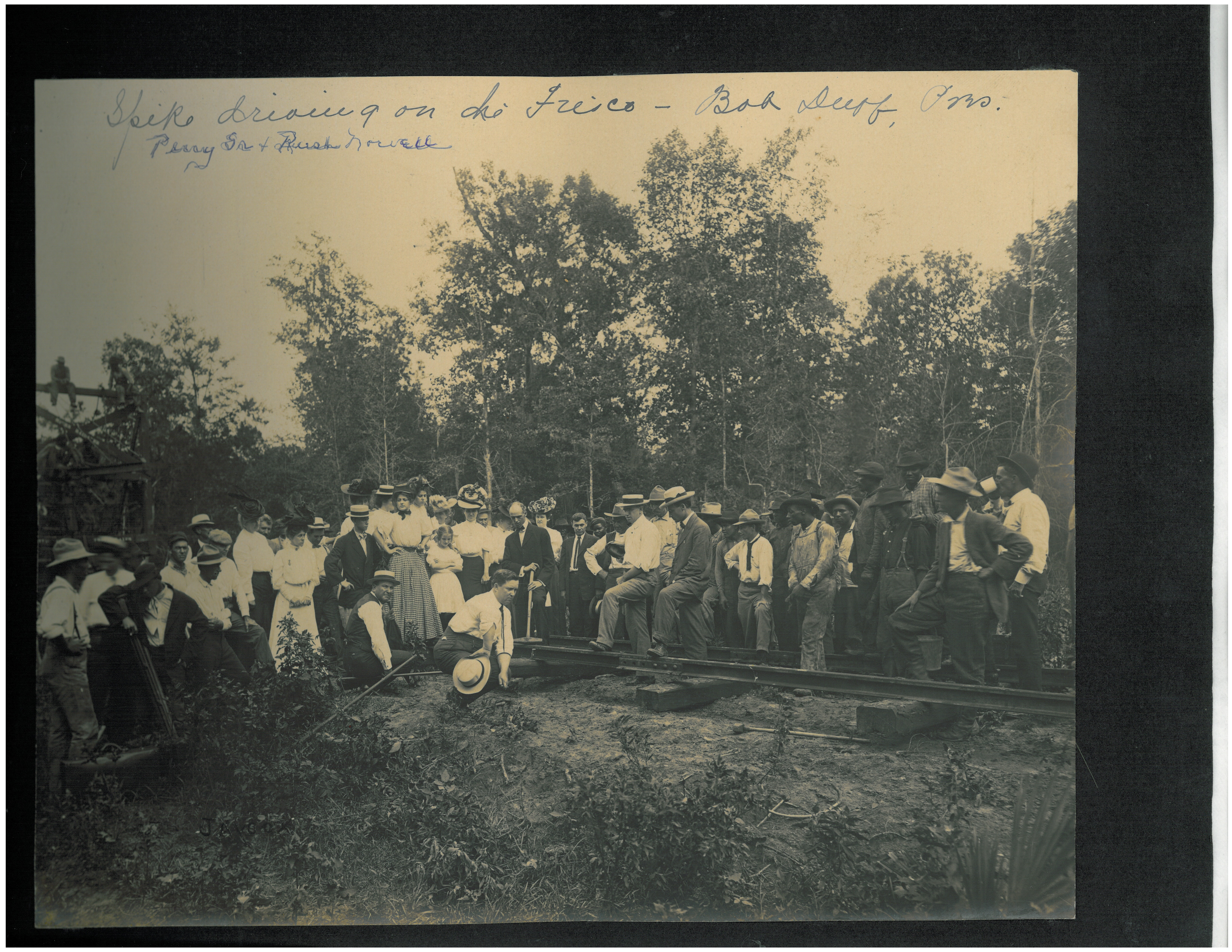
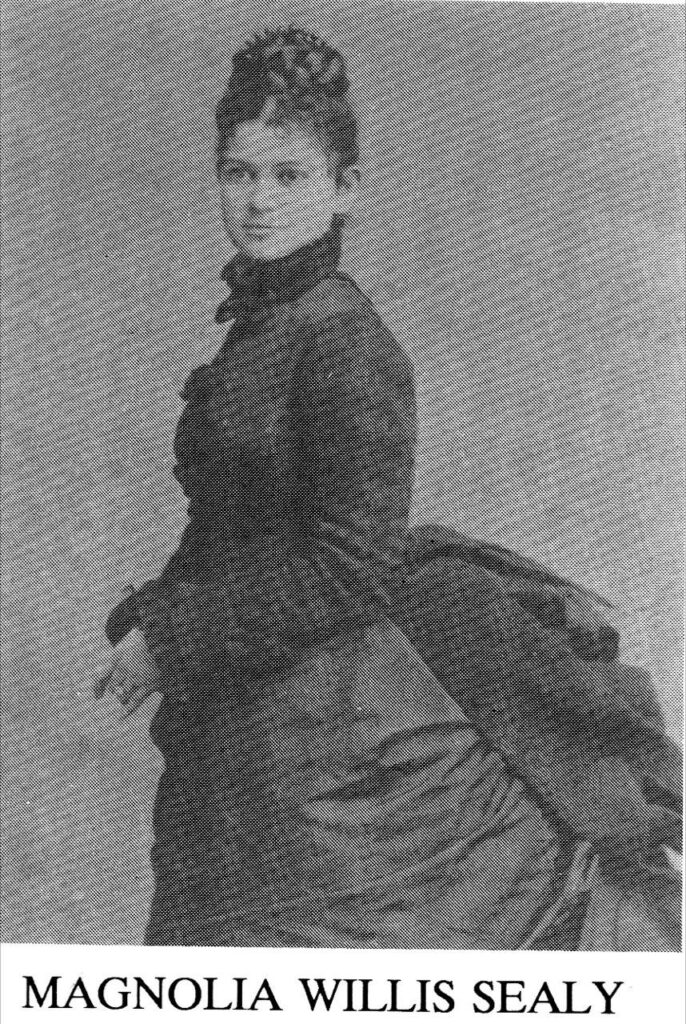

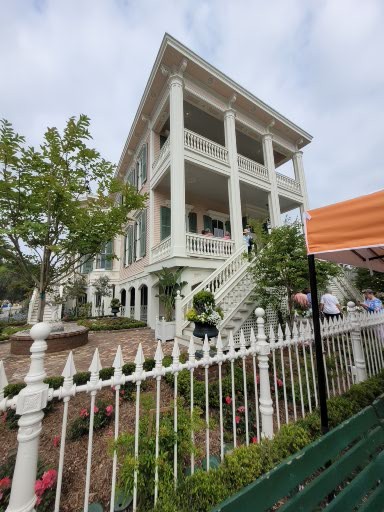
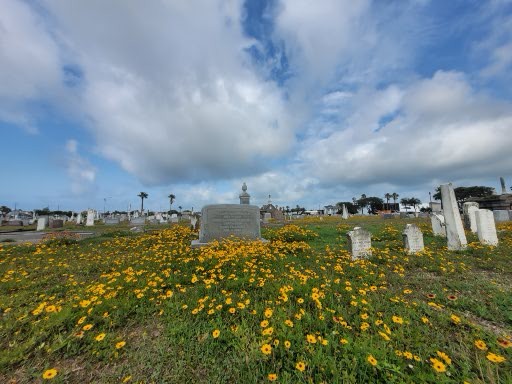
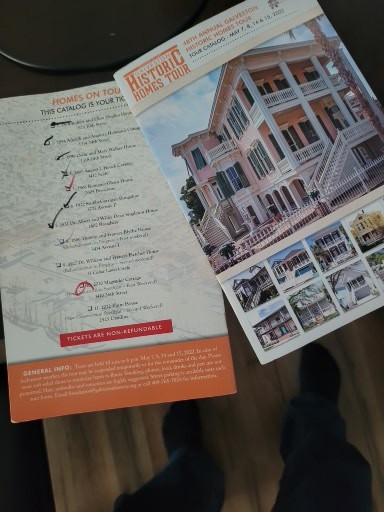
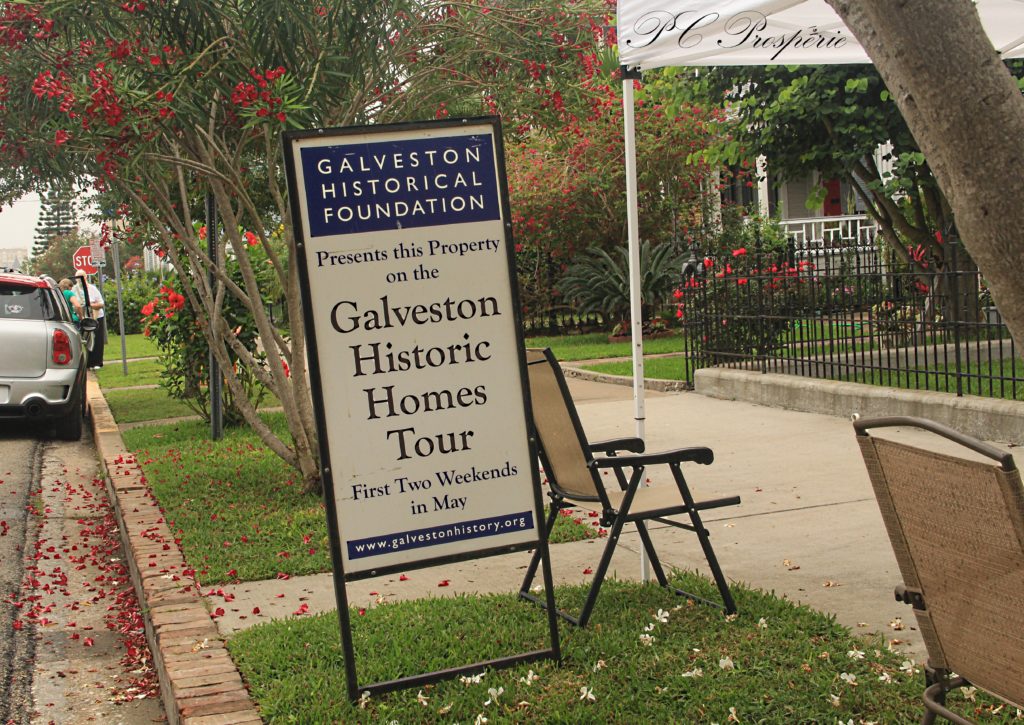
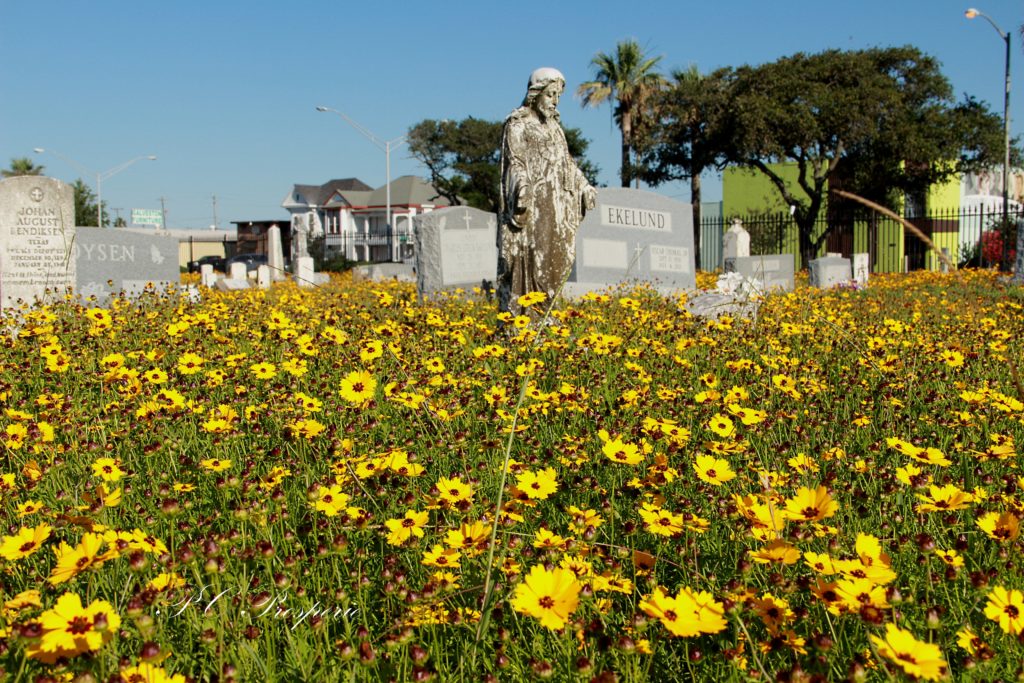
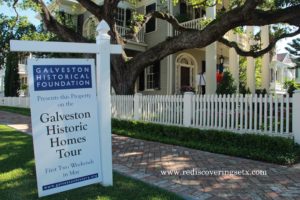
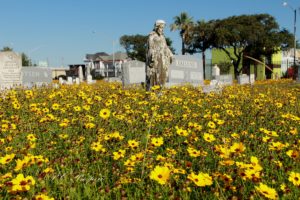
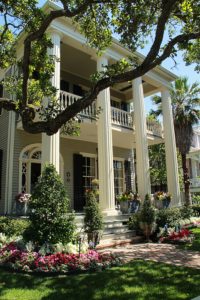
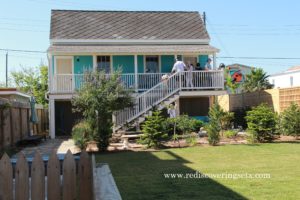
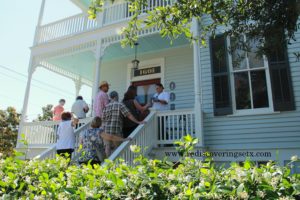
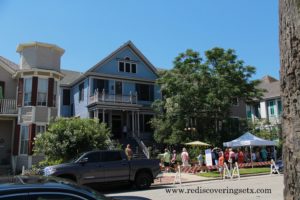
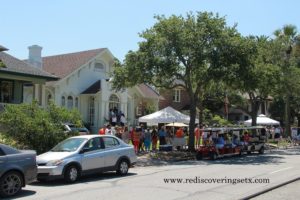
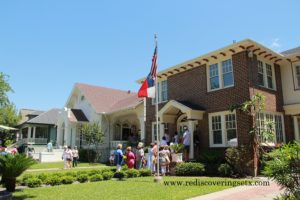
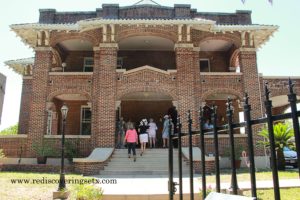
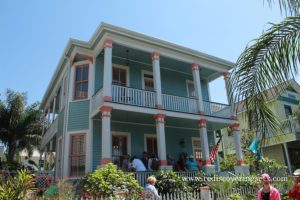
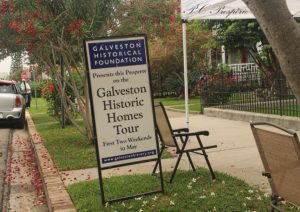
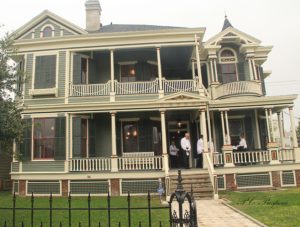
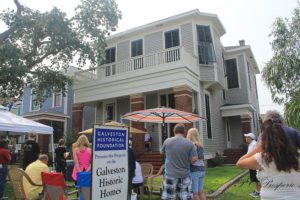
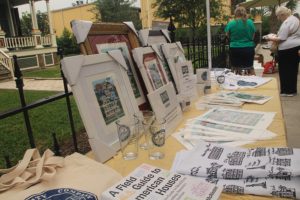
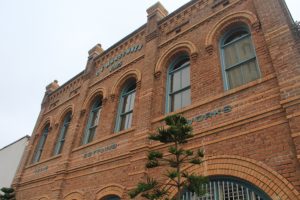
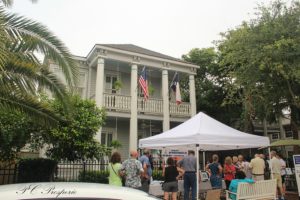
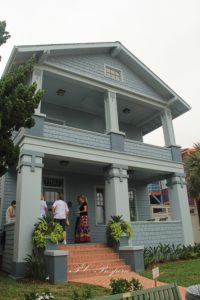
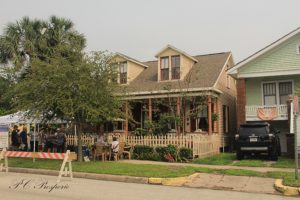
You must be logged in to post a comment.